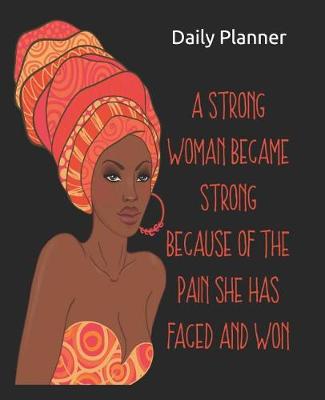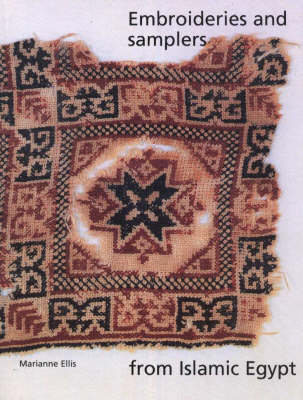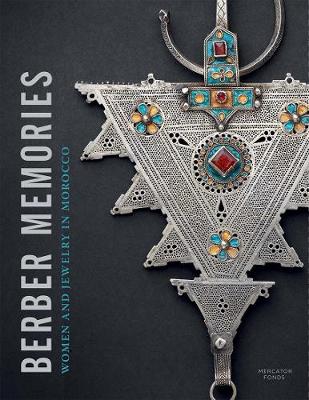The Messages of Tourist Art (Topics in Contemporary Semiotics, #4)
by Bennetta Jules-Rosette
Tourist art may be a billion dollar business. Nevertheless, such art is despised. What is worse, the "bad" culture is seen as driving out the "good. " Commer- cialization is assumed to destroy traditional arts and crafts, replacing them with junk. The process is seen as demeaning to artists in the traditional societies, who are seduced into a type of whoredom: unfeeling production of false beauty for money. The arts remain problematic for the social sciences. Sociology textbooks treat the arts a...
New Traditions from Nigeria (Smithsonian Series in Archaeological Inquiry)
by Simon Ottenberg
Early Pastoralists of South Western Kenya (Memoirs S., #11)
by Peter Robertshaw
Rock Art of the Sahara
by Henri J. Hugot, Maximilien Bruggmann, and Henri J. Hugor
The Kwagh-hir Theater: A Weapon for Social Action represents a significant milestone in the documentation and theorization of non-Western theater. The book describes how the Tiv people of Nigeria used their indigenous theater to fight against British colonialism and oppression by dominant groups in Nigeria. It celebrates the power of the theater to give voice to the voiceless and to become a catalyst for positive change.
One of the world's most important collections of medieval Islamic embroideries is to be found in the Department of Eastern Art in Oxford University's Ashmolean Museum. The textiles were collected by the Egyptologist Percy Newberry between 1900 and 1930, while he was living in Cairo. Most of the embroideries were made in Egypt or Syria, they were mainly used as dress items and domestic furnishings, but the collection also has a number of samplers. Much of the material is now fragmentary, but the...
Y (Dark Grayish Navy Monogrammed Paperback Journal, #12) (Office & School Monogrammed Paperback Dairy, #12)
by Personalized Monogramdesign
A superb collection of Moroccan Berber jewelry is showcased here alongside historical and artistic context for the beautiful objects The Berbers, also known as Amazigh, are an ethnic group indigenous to North and West Africa. For hundreds of years, Berber tribes of Morocco have created intricate jewelry to adorn the bodies of Berber women not merely to aesthetic ends, but to convey information about the positions of women within their tribal worlds, including messages about fertility, wealth,...




















